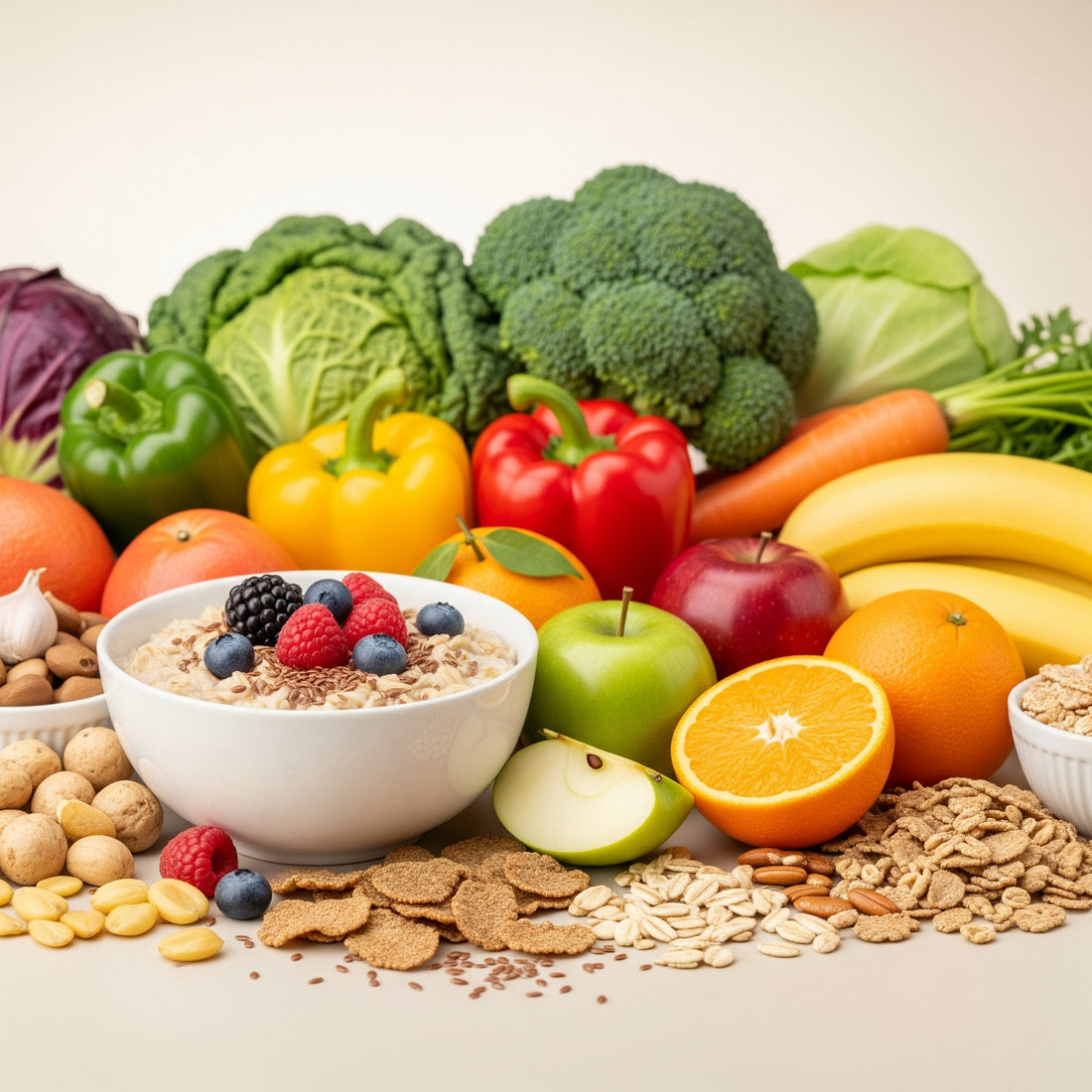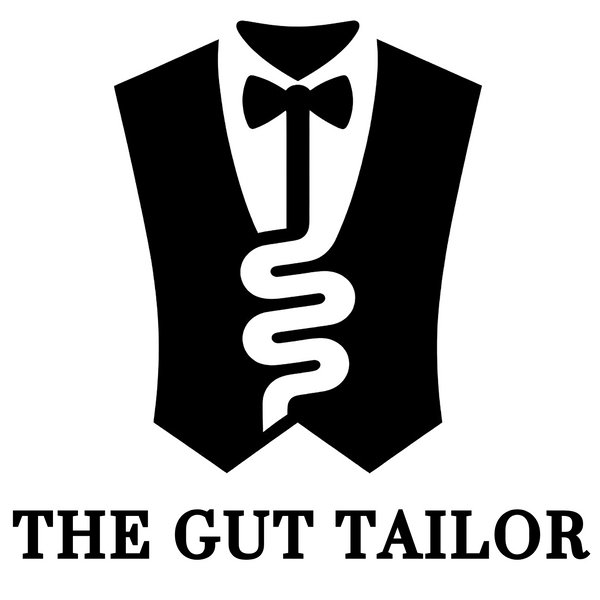
Why Do Most People Not Eat Enough Fibre?
Share
A Gut-Twisting Mystery of the Modern Age
You’re trying your best. You’ve swapped white bread for brown, added a sprinkle of seeds to your morning oats, maybe even picked up a green juice or two. And yet, chances are—your gut still isn’t getting enough fibre.
You're not alone.
In fact, fewer than 1 in 10 adults in the UK hit the recommended 30g of fibre per day. But why is this happening, when we have more food available than ever before?
To understand where we are, we need to take a step back—way back.
The Character: You (and Your Gut)
You’re health-conscious, smart, and looking for real answers. You want to feel better, eat better, and give your body what it truly needs. You’ve heard about fibre. You know it’s important for digestion, blood sugar, energy, immunity—even mood.
But here’s the kicker: despite your best efforts, modern life is quietly conspiring against you.
The Problem: Modern Diets Have Abandoned Fibre
Over thousands of years, the human diet has changed so dramatically that our guts—ancient, intricate ecosystems—are struggling to keep up.
10,000 Years Ago: Fibre Wasn’t a Nutrient—It Was the Diet
Before agriculture, humans ate wild plants, roots, berries, seeds, and tough leaves. These foraged foods were high in fibre and fed the diverse gut microbiome our ancestors depended on.
Industrial Revolution (1800s): Milling and Refining Begins
As industrial milling took over, white flour replaced whole grains, sugar consumption skyrocketed, and fibre began to vanish from the plate.
Mid-20th Century: The Processed Food Boom
By the 1950s, TV dinners, sliced white bread, and sugary breakfast cereals were sold as modern miracles. Fibre? It was either forgotten or seen as a relic of the past.
Let’s look at the evidence.
Decade-by-Decade: Fibre Decline in the UK
Drawing on data from the National Diet and Nutrition Survey (NDNS), we can see how this problem has quietly grown.
| Decade | Fibre Intake (Average, Adults) | What Was Happening |
|---|---|---|
| 1970s | ~25g/day | Cereal fibre still common, but processed foods rising. |
| 1980s | ~21g/day | Low-fat, high-sugar foods became popular. |
| 1990s | ~18g/day | Ultra-processed convenience foods dominate. |
| 2000s | ~16-17g/day | Awareness grows, but fibre remains low. |
| 2010s | ~15g/day | NDNS reports fibre intake well below 30g. |
| Today | Still ~15-17g/day | Despite messaging, intake hasn’t shifted significantly. |
Most of this fibre comes from cereals and breads, but with the rise of ultra-processed alternatives, even these are less fibrous than they once were.
The Stakes: Why This Matters for Your Health
When you fall short on fibre, your gut microbiome weakens.
That might not sound dramatic, but it underpins:
-
Digestive health (goodbye bloating, constipation, IBS)
-
Blood sugar stability (fewer crashes, better focus)
-
Hormone regulation
-
Mood and mental clarity
-
Immune strength
And long-term? Low fibre is linked with increased risk of heart disease, type 2 diabetes, and colorectal cancer.
The Plan: Reintroduce Fibre the Real Food Way
You don’t need pills, powders, or gimmicks. You need a return to real food—diverse, plant-rich, unrefined.
But here’s where most people stumble: they try to leap from 15g to 30g overnight.
Your gut needs time to adapt.
That’s why we created The Fibre Plan: a week-by-week guide that gently increases fibre through whole food breakfast toppers—like chia, inulin, and baobab—so your gut can thrive without discomfort.
The Call to Action: Let Fibre Tailor Your Health
The modern diet may have abandoned fibre—but you don’t have to.
🪡 Reclaim your fibre. Rewild your gut. Rediscover how good you’re meant to feel.
Start with The Fibre Plan and let The Gut Tailor guide your journey.
Success: What’s Possible When You Prioritise Fibre
✓ More energy
✓ Better digestion
✓ Balanced mood
✓ Glowing skin
✓ Resilient immunity
This isn’t a fad. It’s a return to how your body wants to eat. And it starts, simply, with one teaspoon at breakfast.
Final Word
We don’t have a fibre problem because we’ve stopped caring.
We have a fibre problem because modern life made it invisible.
Now, it's time to bring it back—beautifully, gently, deliciously.
Welcome to The Gut Tailor.
